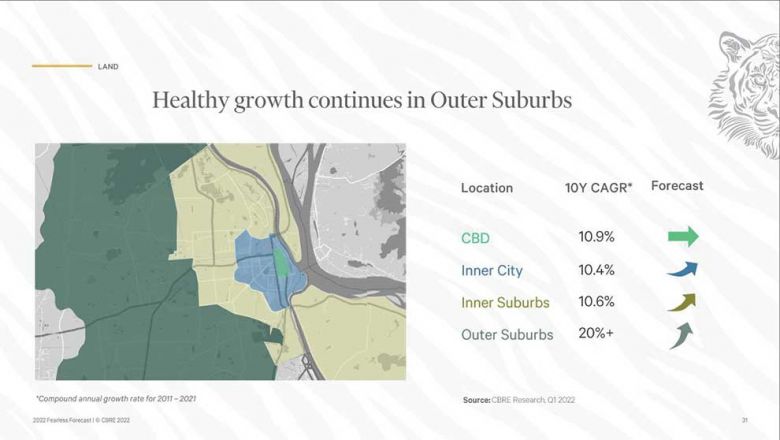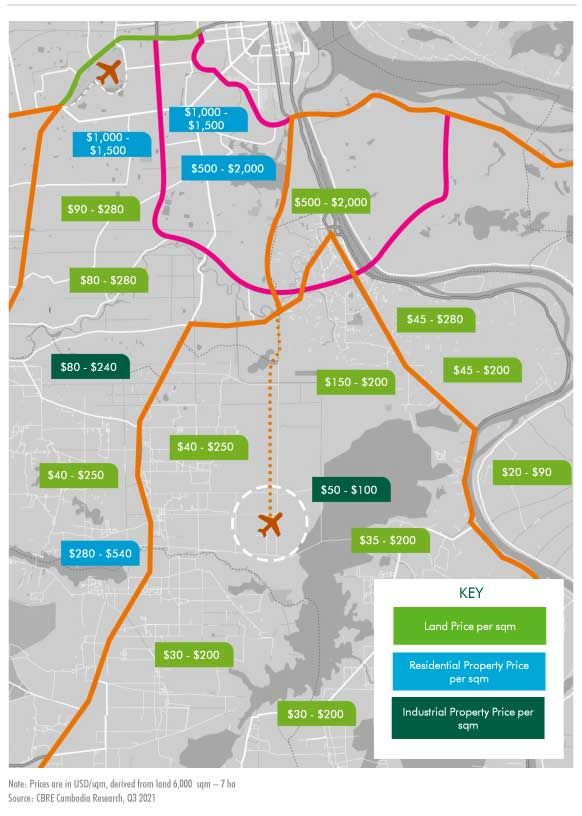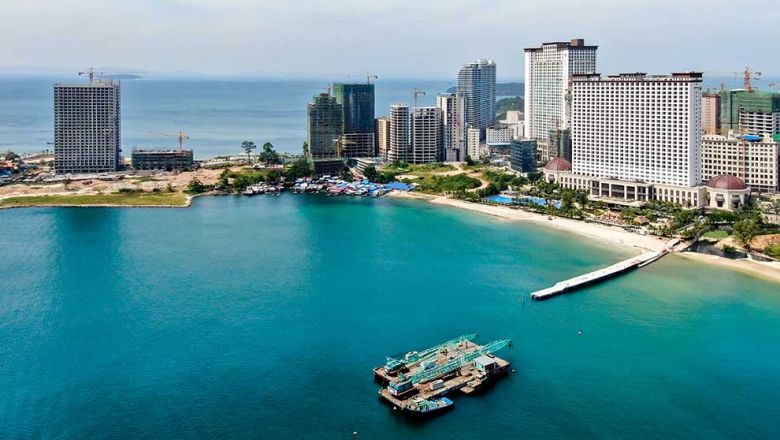Capital Gain Tax (CGT) in Cambodia, in accordance with Prakas 346, is a 20 per cent tax on capital gains. It has been delayed twice before, from its initial implementation date in July 2020 to January 1, 2021, and later to January 1, 2022. Now it is postponed again to 1, Jan., 2024
For recovery from covid, the Capital Gain Tax Policy is postponed again
The Ministry of Economy and Finance (MEF) is in charge of regulating tax policies. To enlarge the tax budget to implement more public infrastructures, every year MEF carries out aggressive tax audits on a “reasonably small tax base” to meet or even exceed the target. The General Department of Taxation (GDT) has exceeded the annual target collection several times in recent years.
Part of MEF’s revenue mobilization strategy to expand the tax base and revenue is to introduce new tax policies, CGT being one. It is also aimed at quelling speculations in the property market.
The latest deferment is to facilitate the recovery of certain quarters that have yet to resume normal business, and need further support, ministry spokesman Meas Soksensan says.
While Covid-19 has been the main reason for the move in the last two years, lobbying by the real estate sector and owners of high value properties have allegedly played a role.
Estate agents have previously said the four per cent stamp duty levied on property transfers was adequate, where together with rental tax rose over 110 per cent growth year-on-year, bumping up its contribution to 2019’s tax revenue.
But property tax or specifically, tax on immovable property, has done poorly in Cambodia, measuring only 0.1 per cent to gross domestic product (GDP), according to a study by the International Monetary Fund in 2019.
However, the tax collection in the property sector has not been “perfect”, opined international economics director Hong Vannak of Royal Academy of Cambodia last September.
He learnt that the tax collection policies associated with real estate “lacked clarity and transparency”, so authorities should issue updates and other changes to provide a greater level of coherence.

WHO and HOW MUCH will the CPT influence?
Apart from real estate, the tax is imposed on capital gains from the sale or transfer of leases, shares and bonds issued by private entities, licenses, intellectual property and foreign currency.
Cambodian taxpayers are allowed to choose between two tax deductible methods – actual expense and determination-based – based on what they feel has a lesser tax obligation.
The second option, and probably more favorable for valuable properties, enables taxpayers to settle the CGT after deducting 80 per cent of the sale proceeds instead of paying tax on 100 per cent of the total revenue.
Assuming a taxpayer made $100,000 from the sale of his property, under the determination-based deductible method, he can deduct $80,000 and pay CGT on the remaining $20,000. That is, 20 per cent on $20,000 which amounts to $4,000.
This calculation is similar to the four per cent stamp duty imposed on property transfers. A purchaser of hard title land in Cambodia currently has to pay a 4% registration tax to transfer the title to their name.
This method requires no proof of documentation, making it prone to false declaration or price manipulation.
“I think it is important that it is made clear who is actually impacted by CGT,” Clint O’Connell, partner and deputy managing director of legal, tax and investment advisory DFDL Cambodia, said. “So those impacted by the introduction of CGT would primarily be individuals who make profit from buying and selling real estate that does not constitute their primary place of residence.”
A range of transfer types are exempted from CGT including the sale of principal homes of five years, immovable properties between family members (except siblings-in-law), agricultural land (including one that is lived on by the farmer), and properties belonging to state, foreign missions and international organizations.
Even with the CGT, Real Estate market will keep booming
Many parts of the country where development is touted, land prices have soared no less than 10 per cent pre-Covid-19, and over 100 per cent in five years in Sihanoukville, with land parcels selling like hot cakes for $3,000 to $4,000 per square meter.
At the time, prime areas in Phnom Penh in Chamkarmon, Daun Penh and 7 Makara districts registered price growth in commercial land of between $4,000 and $6,000 per square metre.
It was boom time for the property sector.
In the first eight months of 2018, the GDT published a 60 per cent year-on-year surge in stamp duty or property transfer tax, making it the highest increase among taxable components.
And in October – just one month – of that year, nearly $277 million was raised through property taxes including stamp duty.
According to CBRE Cambodia, land values in Phnom Penh have seen a 10-year compound annual growth rate of about 10 per cent in the central business district (CBD), inner city and inner suburbs, and over 20 per cent in the outer suburbs. Apart from the CBD area, land prices are forecast to rise this year.

“A great deal of growth activity has been in the outer suburbs,” said CBRE Cambodia managing director Lawrence Lennon, noting that it was likely driven by developers’ growing interest to move into those areas, as well as infrastructure construction and improvement.
He expects infrastructure to resolve accessibility into those new locations, adding that land will carry on being a “very competitive investment opportunity for years to come”.
“The reason why we say it’s competitive is because in reality there aren’t many options for Cambodians to invest in and this is a big reason why land continues to be a vehicle for a majority of Cambodians to invest,” Lennon said in an event recently.
The delay in the implementation of the CGT has not prompted a rush or panic to sell in order to avoid the tax, Galliano said based on his observation.
He is of the opinion that markets appeared to have “absorbed the reality” that the tax is imminent, reiterating that it would have been factored in.
“In reality with a maximum effective four per cent tax outlay, it is the high value end of the market that impacts individuals as businesses are already taxed on capital gains.
Through the CPT, witnessing the gradual improvement of Tax System of Cambodia
The Capital Gain Tax broadens the
tax base through the inclusion of individuals and the assignment of a tax type, which has an embedded substantial tax revenue for the government.
“The maximum tax rate is effectively only four per cent to the seller of property, and considering the purchaser is required to pay four per cent stamp duty tax of the value of the sold property.
“The CGT can be further refined to exclude the first $50,000 to $100,000 in gains so as to ensure that the lower to middle income taxpayers are not impacted and the tax is focussed more on the wealthy end of society.
“Collection of the CGT will greatly contribute to the national treasury, diversify the tax base and tax categories, and reduce the dependency on the current tax base, without any material impact on the real estate market and foreign direct investment,” Galliano said.
He added that although Cambodia’s property taxes are among the lowest in the world, it is still a contributor to tax collection with scope for gradual increase.
“It has taken decades for the tax to be widely applied and with education and enforcement, it is increasingly an accepted and honored tax by property owners in its domain,” he commented.
Capital gains are likely to experience a similar cycle with gradual acceptance and enforcement, and over time become a substantial contributor to tax revenue.
Reference:

